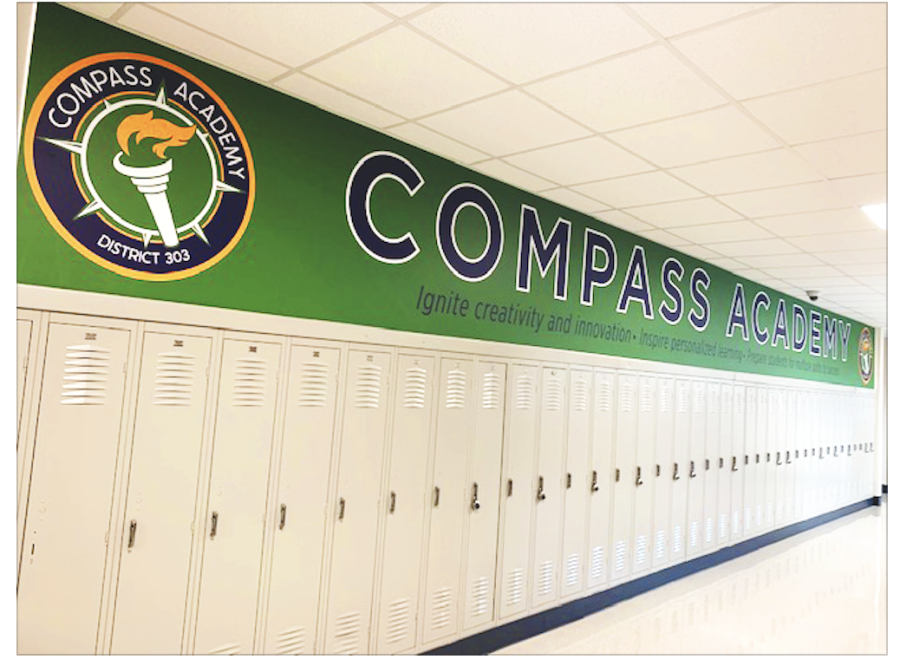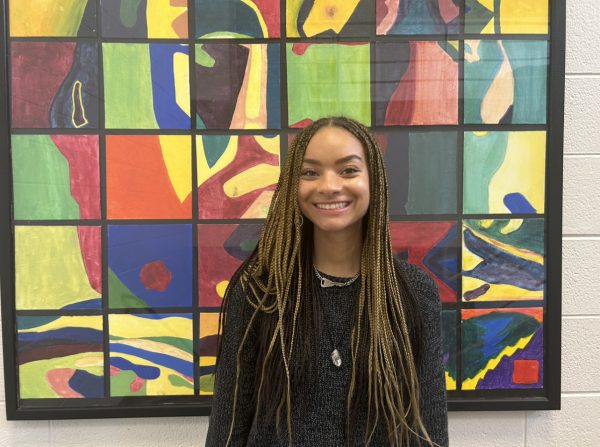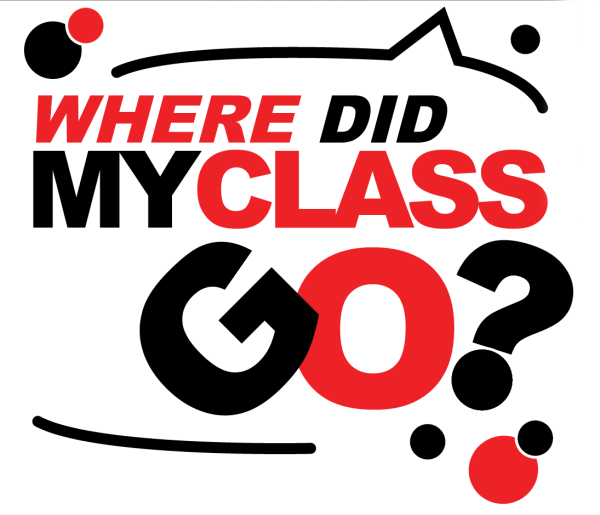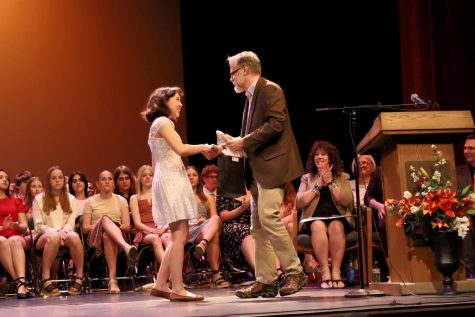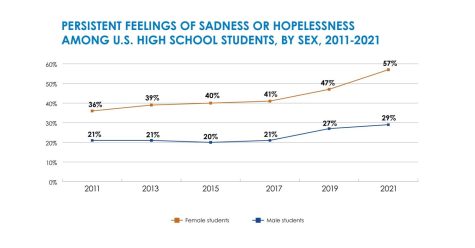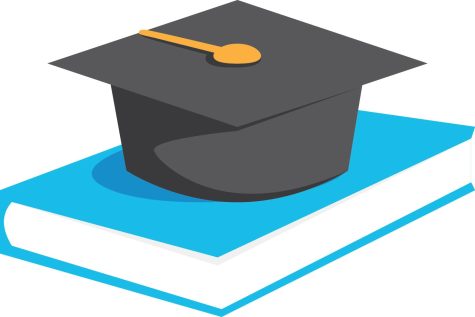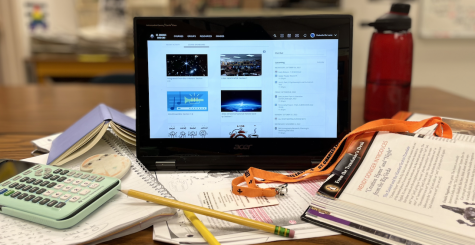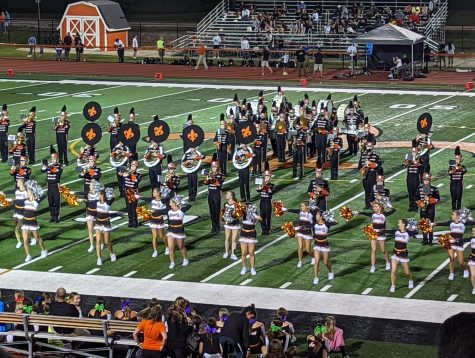The Compass Academy
D303 adds a new option for student learning
November 17, 2021
The Covid-19 pandemic has had an extensive impact within the walls of all District 303 schools.
Between social-distancing protocols, mask requirements, adapted schedules, remote learning, and new curriculum, it may be hard to keep up with all the changes coming to East and to other St.Charles schools.
One such change is the introduction of a new high school program that is available to incoming and current East and North high school students. The new D303-funded program, titled “Compass Academy,” aims to “ignite creativity and innovation, inspire personalized learning, and prepare students for multiple paths to success,” according to an email composed by the program’s director, Sharon Stanley.
The program employs a highly personalized approach to learning, providing students with more choice regarding their individualized learning experience. This includes the integration of flexible scheduling, which allows students to choose an earlier or later start to their school day, project-based learning, interdisciplinary courses, and competency-based learning.
The academy also provides students with opportunities for learning outside of the classroom, such as job shadowing and internships.
According to Stanley, “Compass Academy arose from a data-demonstrated need in the district to provide additional learning opportunities for students.”
Planning for the academy began in 2019, when D303 leaders decided to take an innovative approach to address the concern that the traditional school model does not effectively meet the needs of all students.
“Some students prefer a smaller learning environment,” said Stanley. “And others might need the flexibility of a later start or earlier dismissal, many may thrive in a project-based model where they can engage in hands-on and community-based activities, and all could benefit from opportunities to explore career pathways.”
Students at Compass Academy still continue to be students at either East or North High School, and in addition to classes offered at Compass Academy, students have the opportunity to take classes at their home high school, as well as participate in events and extracurriculars not offered at Compass.
Compass Academy is located at the Haines Center, which was once Haines Middle School not too long ago, and contains some unique additions compared to many typical high schools.
According to current Compass Academy student Erin Golden, the building contains a “Wellness Center,” a quiet low-stress area for students to visit during their school day, complete with fidget toys, bean bags, and comfy chairs.
“There’s a lot of things in there that are really helpful,” said Golden. “You can go in there if you’re feeling tired, anxious, anything where you don’t think you’re able to be in a classroom setting.”
Golden also mentioned the building’s science room, which she described as “very nice,” and includes several 3D printers.
“There’s one hallway that has 4 or 5 classrooms. The classrooms are actually really nice, they’re very spacious,” said Golden. Inside the classrooms, Golden said there are rolling chairs and moveable tables, allowing teachers to rearrange their classrooms more easily.
Unlike North and East, Compass Academy does not hold formal classes on Wednesdays. Instead, Wednesdays are independent work days, which students can utilize to work on projects, or even pick up extra job hours.
So far, Golden’s projects have included constructing a mini robot and a rocket with the ability to take off.
According to Golden, her involvement in AVID inspired her to try out Compass Academy.
“We [AVID] talked about the things we wanted in a school and what our ideal school would be,” said Golden.
Compass Academy had many of the things Golden desired in a school, and she felt it was a step forward for the school system in terms of catering to different learning styles.
“With this [Compass Academy], it’s a more personalized path,” said Golden. “I feel like I can actually get ahead and show colleges who I truly am and what I can do for them.”
East also offers students many other “non-traditional” learning opportunities–some new and some have been around for years. Examples of the newer ones are dual-credit courses with ECC, such as English 101 and 102.
Students can also earn dual credit through online courses offered by universities like the University of North Dakota.
“External” educational programs are also available for students interested in careers in teaching and health care.


